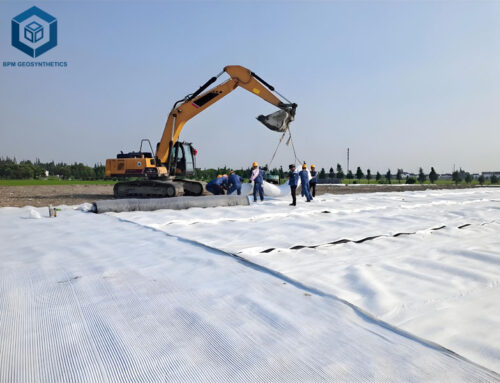Non Woven Geotextile Filter Fabric as know as Non Woven Geotextile.It bridges civil engineering and environmental protection. Made from polypropylene or polyester, this fabric is randomly non-woven, enhancing its strength and longevity. Unlike woven fabrics, its structure is flexible yet durable. The fabric separates and filters, preventing soil particle mixing, curbing erosion, and improving water flow. It’s used in road stabilization, dam reinforcement, and foundation protection. As sustainability gains importance, this geotextile becomes a go-to solution due to its effectiveness and eco-friendly qualities.As a leading geotextile manufacturer, BPM has always been adhering to the attitude of satisfying customers and reassuring customers, and makes every product with heart.
1. What Is Non Woven Geotextile Filter Fabric?
Non-woven geotextile fabric is a type of geosynthetic material used in various civil engineering and environmental applications. It is designed to provide filtration, separation, drainage, and reinforcement functions in soil and construction projects. Here are some key characteristics and uses of non-woven geotextile filter fabric:
Characteristics:
- Material: Typically made from synthetic fibers such as polypropylene or polyester.
- Structure: Randomly arranged fibers bonded together through mechanical, thermal, or chemical processes.
- Permeability: Allows water to pass through while retaining soil particles, preventing clogging and promoting drainage.
- Strength: Provides strength and stability to soil structures.
- Durability: Resistant to biological and chemical degradation, UV exposure, and environmental stresses.
- Flexibility: Conforms to different surfaces and terrains.
- Thickness: Available in various thicknesses to suit specific project requirements.
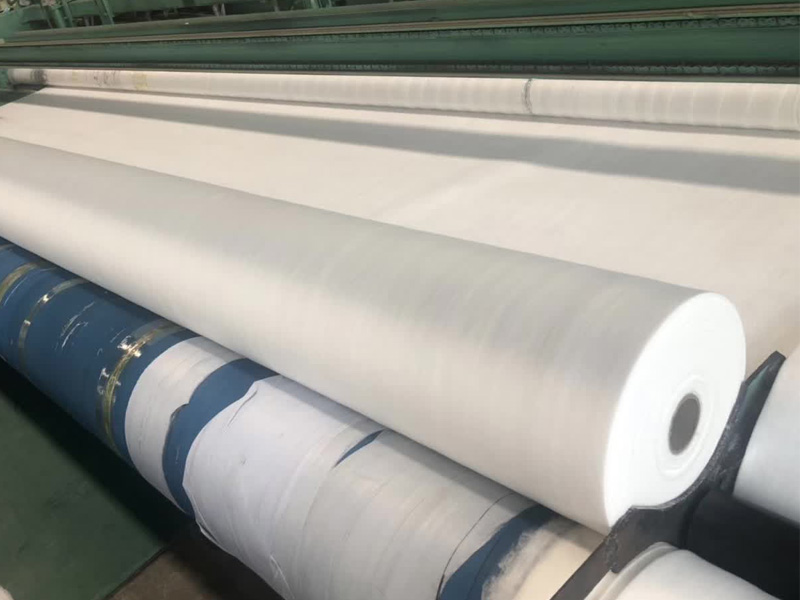
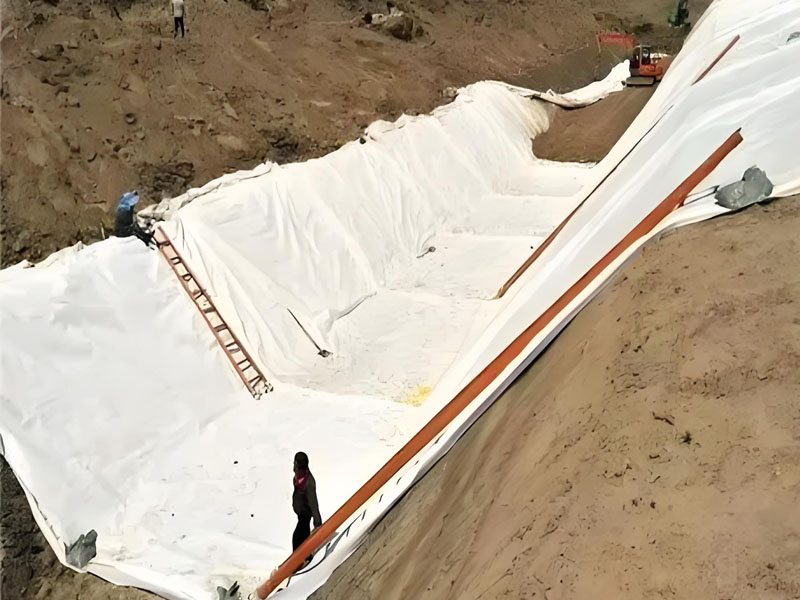
2. What Applications Are Non Woven Geotextile Filter Fabric Suitable For?
Geotextile Filter Fabric is highly suitable for a wide range of applications in the field of civil and environmental engineering. Some of the key areas where it is commonly used include:
2.1 Non Woven Geotextile Filter Fabric – Road and Highway Construction
In road and highway projects, Non Woven Geotextile Fabric stabilizes slopes. It helps prevent erosion and ensures proper drainage. This fabric is crucial for the construction of stable, durable roads. Its use enhances the longevity of transportation infrastructures. By preventing soil loss and managing water flow, it maintains the road’s stability. Engineers rely on this material to build sturdy, resilient roadways.
2.2 Non Woven Geotextile Filter Fabric – Railway Engineering
In railway projects, Non Woven Geotextile Fabric strengthens earth tracks. It stops soil from moving and ensures track stability. The fabric is essential for railway foundation reinforcement. Preventing sediment movement is key to its use. This helps in maintaining the integrity of the railway’s foundation. Engineers value it for enhancing track longevity and performance.
2.3 Non Woven Geotextile Filter Fabric – Landfill Liner Systems
In landfill management, Non Woven Geotextile Fabric is crucial. It stops leachate and contaminants from seeping into soil and water. This fabric acts as a barrier in landfill liner systems. Preventing pollution is its key role. It shields the environment from landfill hazards. Engineers trust it to protect natural resources. Its use is vital for sustainable waste management.
2.4 Non Woven Geotextile Filter Fabric – Dams and Embankments
In dam and embankment construction, Non Woven Geotextile Fabric strengthens the earth. It adds stability and guards against water erosion. This fabric is essential for reinforcing these structures. Preventing water-induced damage is a primary function. Engineers rely on it to secure dams and embankments. Its use ensures long-term stability of these critical infrastructures.
2.5 Foundation Reinforcement
In construction, Non Woven Geotextile Fabric strengthens building foundations. It enhances load distribution and lowers subsidence risk. This fabric is crucial for foundation reinforcement. Improving structural stability is its key benefit. Engineers use it to ensure buildings’ resilience. Its role in preventing settlement is significant. By doing so, it contributes to the long-term integrity of structures.
2.6 Slope Protection
In slope management, Non Woven Geotextile Fabric stabilizes steep inclines. It prevents soil from eroding, key in hilly areas. This fabric is perfect for challenging terrains. Preventing erosion is its main function. Engineers value it for slope stabilization. Its use protects the landscape in mountainous regions. By stopping soil loss, it maintains slope integrity.
2.7 Environmental Protection
In environmental projects, Non Woven Geotextile Fabric protects wetlands and shorelines. It prevents soil loss and supports plant growth. This fabric is vital for ecological restoration. Preventing erosion is a major function. Engineers use it to stabilize sensitive areas. Its role in promoting vegetation is notable. By safeguarding soil, it aids in revitalizing natural habitats.
3. How to install Non Woven Geotextile Filter Fabric?
Installing non-woven geotextile filter fabric correctly is crucial to ensure its effectiveness in various civil engineering and construction applications. Here is a general guide on how to install non-woven geotextile filter fabric:
3.1 Ground Preparation
Prepare the installation site by removing any sharp objects and debris. Clearing the area prevents damage to the Non Woven Geotextile Filter Fabric. Gradually level the surface for better fabric contact. Proper grading helps prevent future settlement issues. Ensuring a clean and level surface is crucial before installing the fabric. A well-prepared site allows for efficient and long-lasting fabric performance.
3.2 Unrolling the Fabric
Roll out the Non Woven Geotextile Fabric carefully on the designated area. Prevent wrinkles or folds from forming, as they might affect the fabric’s function. Unfolding the fabric smoothly ensures its optimal performance. Wrinkle-free laying is essential for the fabric to work effectively. Taking care when unrolling prevents future issues with the geotextile.
3.3 Anchoring the Fabric
Anchor the Non Woven Geotextile Fabric with stakes or pegs to keep it stable. Use soil anchors to prevent movement due to water or shifting soil. Securing the edges is crucial for the fabric’s effectiveness. Proper anchoring prevents the fabric from being displaced. Ensuring stability is key when installing the geotextile fabric.
3.4 Overlapping Sections
If installing multiple sections, overlap them by a recommended amount (usually around 15-30 cm) to maintain continuity and prevent soil from washing through the seams.
3.5 Securing Overlaps
Overlap the fabric sections and secure them with stitching or sealing strips. Weight down the edges to prevent any separation. Ensure the overlapped areas are properly fastened. Using stitching or strips provides a strong bond. Preventing separation is crucial for the fabric’s performance.
3.6 Covering the Fabric
Cover the fabric with a layer of soil or designated protective material to shield it from UV rays and mechanical damage. This also helps to hold it in place and integrate it into the surrounding landscape.
3.7 Inspection and Testing
After installation, inspect the fabric to ensure it is properly secured and functioning as intended. Perform any necessary tests to confirm it meets project specifications and protection needs.
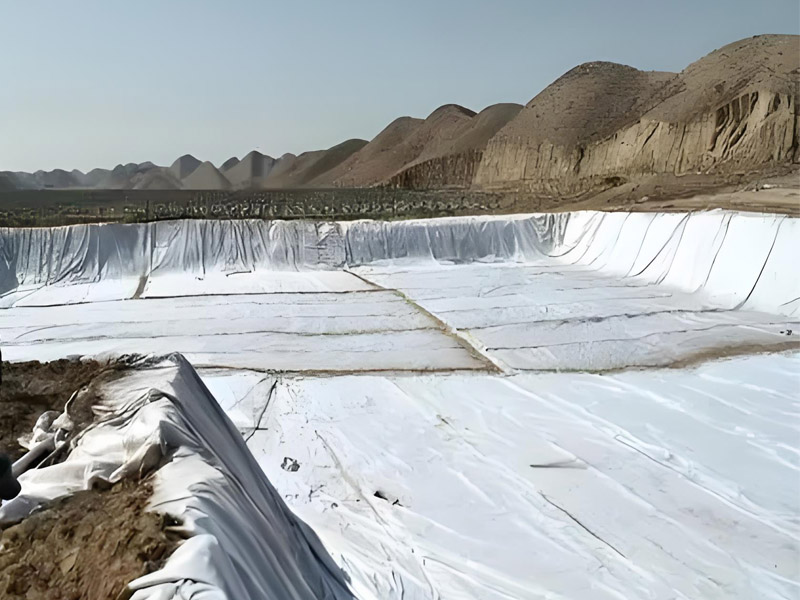
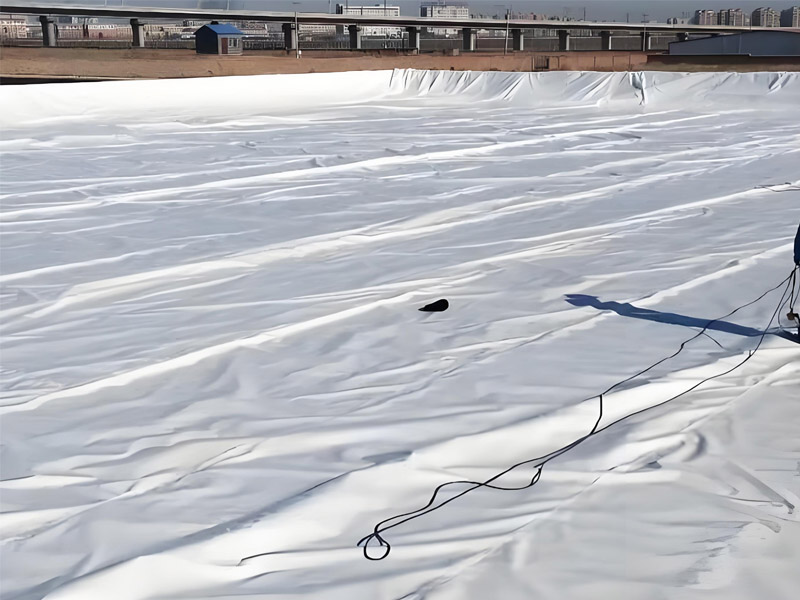
4. What Is Service Life Of Non Woven Geotextile Filter Fabric?
The service life of Non Woven Geotextile Fabric can vary depending on factors such as the type of material used, the environmental conditions, and the amount of stress and wear it is subjected to. Generally, it can last for several years, with some high-quality fabrics having a lifespan of up to 10 years or more. Proper installation and maintenance are also key factors in extending the service life of the fabric.
- Quality of Material
- Environmental Factors
- Installation Quality
- Maintenance
- Load and Stress
5. Summary
Non Woven Geotextile Fabric is crucial for civil and environmental projects. It stabilizes soil, prevents erosion, and aids in vegetation growth. The fabric is used in slope stabilization, wetland restoration, and shoreline protection. Its effectiveness depends on correct installation, including preparing the ground, careful placement, securing the edges, and overlapping sections. With proper upkeep, it can last several years, with high-quality fabrics lasting over a decade. In summary, Non Woven Geotextile Filter Fabric significantly enhances engineering project stability and protects natural environments.
If you have any further questions, please feel free to contact us.

